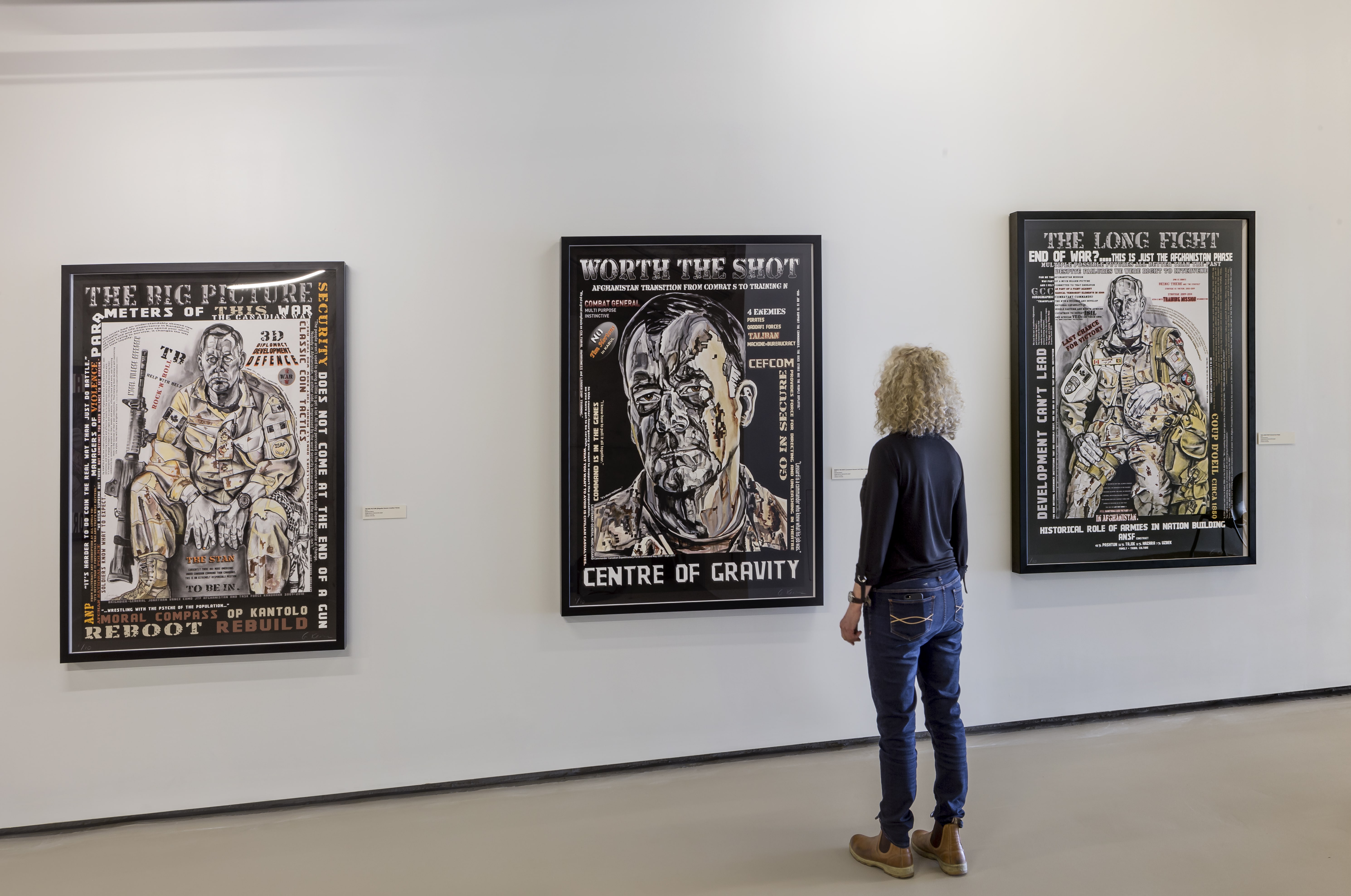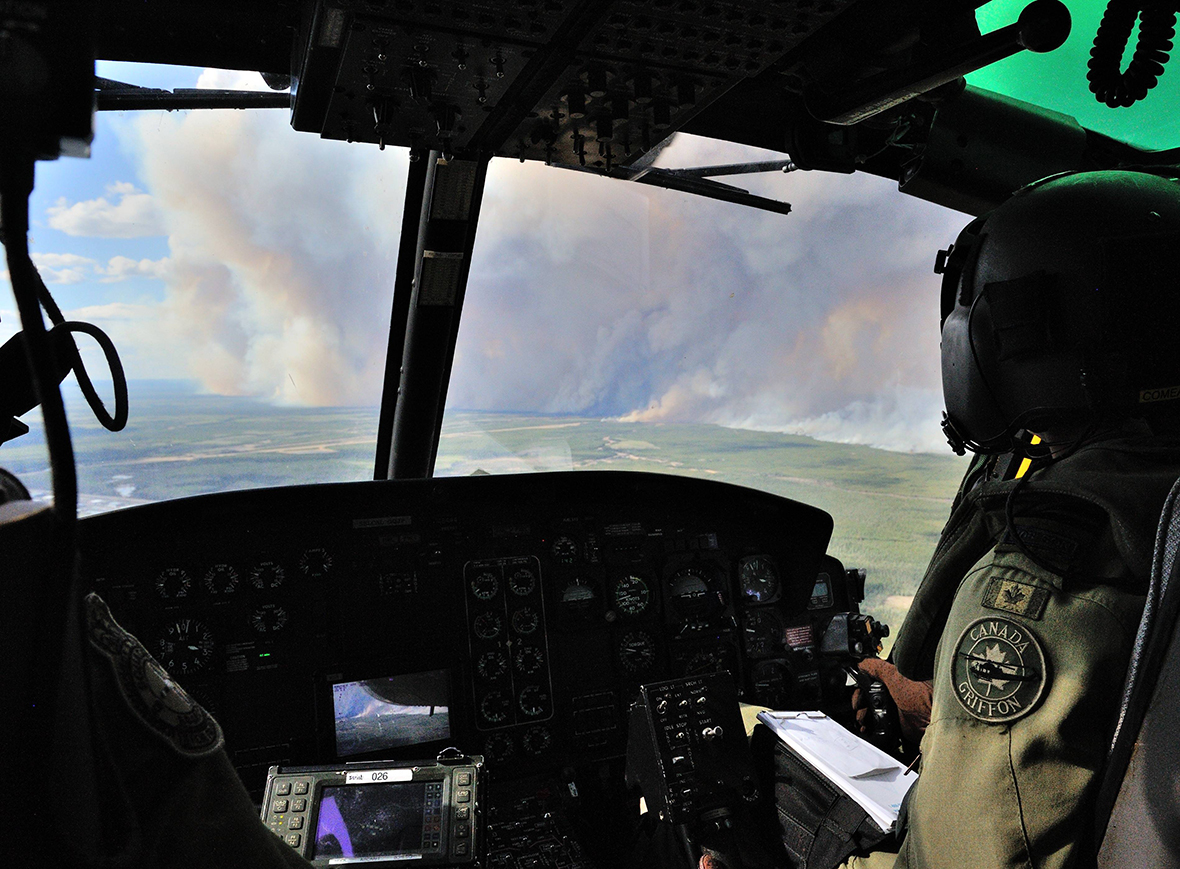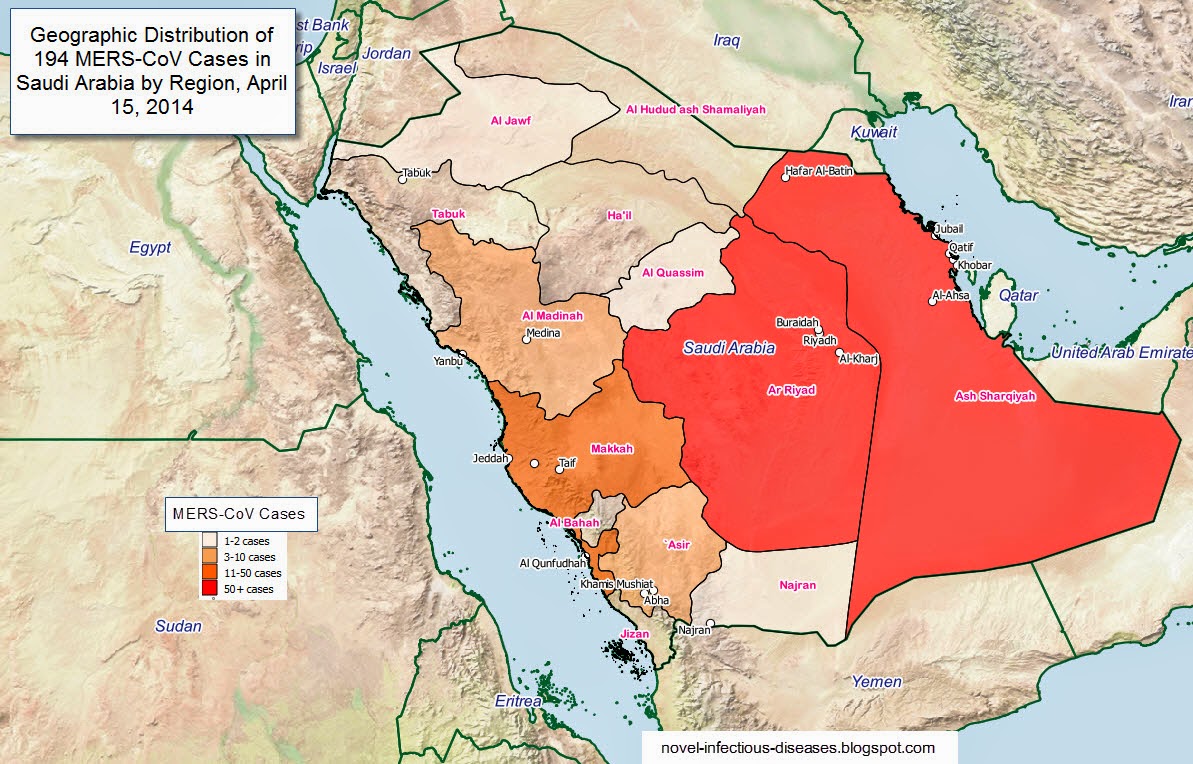Gertrude Kearns is a Toronto-based contemporary war artist, with an exhibition titled, The Art of Command at the Fort York Visitor Centre until 14 June, 2015. The 46-piece collection presents portraits and posters from Canada’s senior military personnel from the decade-long Afghan mission.

Kearns’ interest in war art started in 1991 with the Gulf Crisis. “I did a body of totally abstract work, but it was at that point that I decided I would eventually want to work with personnel.” Following 10 years of research projects that involved producing larger pieces of work on Canada’s participation in Somalia, Rwanda and the Balkans, Kearns started making her own inroads into the Canadian Forces (CF) in 2002. From 2003-2005, the Department of National Defence (DND) accepted Kearns in the Canadian Forces Artists Program (CFAP), where she expanded her contacts and understanding of military practice.
The year following the CFAP assignment, a contract from the DND became available for Kearns to be embedded in Afghanistan. The artist worked with Task Force Afghanistan Roto 0 in Kandahar and Kabul for approximately five weeks.
Being placed in a war zone can affect anyone, and it was certainly no exception for Kearns. “ I felt that it was a profound experience, and I felt that I had so much that I wanted to learn, and I knew I had to immerse myself. I felt that at least being there for the five weeks gave me a visceral feel and a certain amount of knowledge, but not nearly enough.” She later added how she wanted to take up the challenge of this project because “I wanted to get in that space. I wanted the works to be as much about military history for the period as they are about me learning about the military and the war, and me getting my conceptual and theoretical interests combined with those realities.” It was then that Kearns decided that Command would be an interesting way to direct her work since there was a lot of thematic potential.
Upon entering the gallery, you see nine portraits of senior CF commanders with a unified proportion of head and the collar of their combat uniform showing on a black background. The use of rich colours and placement of the pixelated Canadian Disruptive Pattern (CADPAT) camouflage almost tells the individual story of the scars each commander acquired during his mission. Kearns explains that this was because she did not want to be formulaic with her work.
The portraits convey a distinctly powerful and serious expression on the individuals’ faces, exposing the burdens and consequences of command. “They’re about the weight of command, not about projecting leadership. They’re about the times when you’re not out there in front of the troops to project leadership. You’re burying the burdens. It’s a more introspective feel and those layers of strategic thinking.”

The larger portion of the exhibition takes observers into a white tunnel where a series of portraits and war prints are stylistically lined up in chronological order of the Afghan mission periods. When asked to describe the works, Kearns explains that it is about military defence concept and theory, which juxtapose more journalistically sourced pieces of information. “It’s the pitting of all ambiguity and, let’s put it this way- the ambivalent, which is the way I’ve visually treated concept and war with the unambiguous, straight-set information.”


War art can be seen as an artistic visual record, casting a different dimension of war that is not accounted for in history. Kearns has captured and expressed the Afghan mission in a way that cannot be captured through a camera lens or from the point of a pen. The Art of Command addresses how conflicts are complicated by their many dynamic layers. Each image has an interesting way to play off one another, to reflect a balance of how multifaceted and sensitive war can be. The works have an eerie and serious feel to them with text that can be interpreted in several different ways, regarding whether the mission was worth Canada’s participation, or if there is an end in sight.

Kearns is changing the traditional definition of war art. “I’m thinking it’s a given that all of these military personnel are in a war situation, but to me, war art means something more profound and serious. It’s less about glorifying the military. It’s more about treating the military within the tragic aspects of war and within the complexities of war.”
The Art of Command is an artistic and documentary function of how war changes people and lives. Kearns’ war art can influence the way the current generation and subsequent ones can understand Canada’s role in Afghanistan. Each portrait and print tells a story of the Afghan mission, and it is up to the observer to piece together the narratives that go beyond the faces of Canada’s leading warriors.



